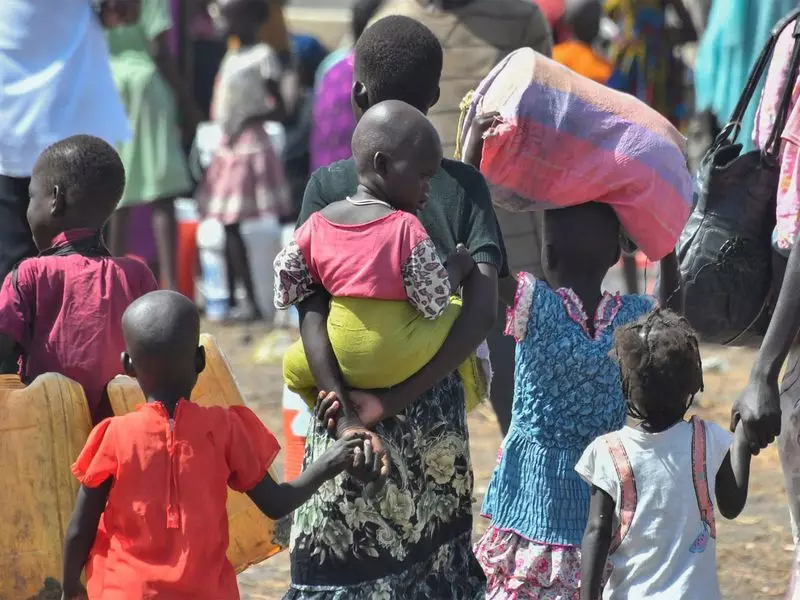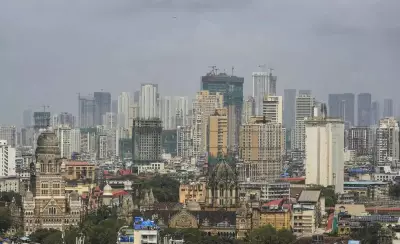
A startling new report has exposed a devastating reality in South Sudan, where nearly two-thirds of the nation's children are trapped in the most severe forms of child labour. The comprehensive study reveals a humanitarian crisis of alarming proportions affecting the youngest members of this conflict-ravaged nation.
The Shocking Statistics
According to the findings, a staggering 64% of South Sudanese children between the ages of 5 and 17 are engaged in hazardous work that threatens their health, safety, and moral development. Even more concerning, the report indicates that approximately 45% of these children are completely excluded from the education system, creating a lost generation without access to schooling.
Understanding the Crisis Scale
The research, conducted through extensive surveys across the country, paints a grim picture of childhood in South Sudan. The term 'worst forms of labour' encompasses various dangerous activities including:
- Working in hazardous environments without proper safety measures
- Engaging in activities that pose serious health risks
- Being subjected to slavery-like practices
- Commercial sexual exploitation
- Involvement in illicit activities and armed conflict
Root Causes of the Problem
Multiple factors contribute to this alarming situation. Years of persistent conflict have devastated the country's economy and social structures, pushing families into extreme poverty. Many households have no choice but to rely on their children's labour for survival. Additionally, the ongoing violence has disrupted educational systems, leaving children with few alternatives to work.
The Education Emergency
The education crisis runs parallel to the child labour problem. With nearly half of all school-aged children completely out of the education system, South Sudan faces a generational challenge. Children who should be in classrooms are instead working in conditions that compromise their future prospects and basic rights.
Regional Disparities and Gender Dimensions
The report highlights significant variations across different regions of South Sudan, with some areas showing even higher rates of child labour exploitation. The study also examines how the crisis affects boys and girls differently, with distinct patterns emerging in the types of work and exploitation experienced by each gender.
Call for Immediate Action
Child protection experts and humanitarian organizations are urging immediate intervention from both national authorities and international partners. The situation demands comprehensive strategies that address both the symptoms and root causes of this crisis, including poverty alleviation, educational access, and strengthened child protection systems.
The findings serve as a urgent wake-up call about the plight of South Sudan's children and the need for coordinated efforts to rescue them from exploitation and restore their right to a safe, educated childhood.





